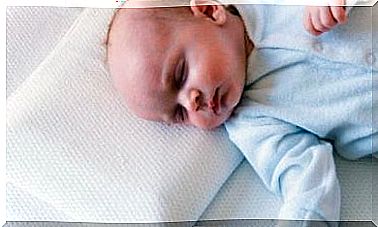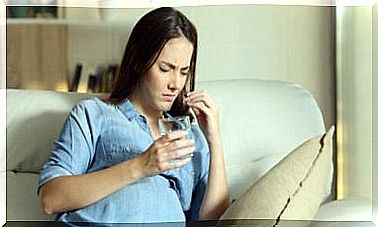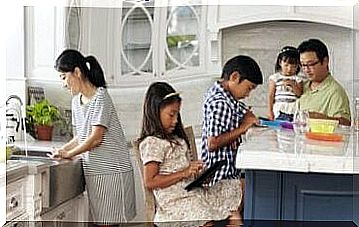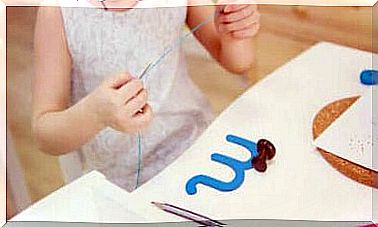The Importance Of Having A First Aid Kit At Home – Being Parents
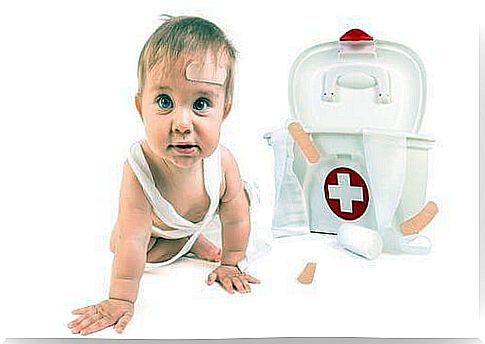
There are many things to consider when thinking about the importance of having a first aid kit. To keep it simple, here are two:
- First of all, they are children. They always think about having fun without measuring the risk of the area where they are playing. They are generally exposed to falls. We must react quickly.
- Then, although we think less about it, natural disasters are indeed present. On the news, we hear more and more about hurricanes, earthquakes or terrorist attacks.
- We are generally sorry for the victims. At no time do we think that we could also be victims.
However, if we do not perceive any threat in either case, should we still have a first aid kit on hand? The answer is yes. Indeed, the accident or the disaster will never warn you. You have to anticipate it.
We tell you below what you need to prepare a real care kit at home.
What is a first aid kit?
We call a first aid kit a container where we store the elements necessary to help an individual in an emergency situation – or not.
It is mainly used to store “medical” instruments for giving first aid. It also contains some medicines for joint pain.
However, disaster organizations are asking families to include other elements. We’ll tell you more below.
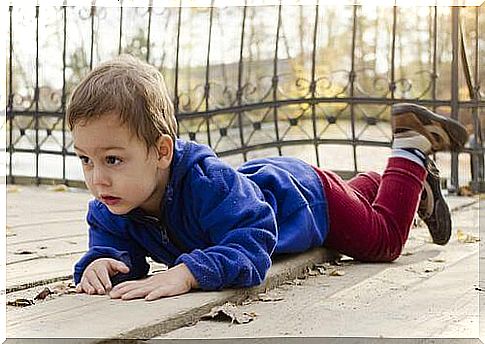
What is a first aid kit for?
A first aid kit is used to transport only essential items that can cover a need or emergency. Therefore, it is recommended that you take into account the following aspects:
- Must be easy to handle and light.
- Contains only the essentials for carrying out first aid.
- In the case of adding other elements, make sure that they are really needed.
- Must not be hidden. Everyone in the family should know where she is.
- Should preferably be out of the reach of children.
- Must be checked annually. This will allow you to see which medications are expired. You can also check the instruments and replace them if they are damaged.
Benefits of having a first aid kit at home
Having a first aid kit at home will help you a lot. You will be able to:
- Dealing with superficial wounds.
- Treatment of more serious disorders : vomiting, diarrhea, abdominal pain, deep wounds, etc.
- Treat some serious injuries. In this case, we include some unusual elements such as physiological saline.
This only applies if we are focusing on the possibility of an accident. In the event of disasters, besides other drugs, you can add canned food, flashlights, drinking water and many other items. We detail them below.
How to put together a first aid kit at home?
The organization of the first aid kit has no defined rules. You should know, however, that this will depend on the needs and circumstances of your environment.
It would be good to study the history of your place of residence to find out if a natural disaster has ever occurred in the past. If necessary, each member of the family will develop their own first aid kit in addition to the house kit.
The basic first aid kit should contain:
- Medicinal alcohol or hydrogen peroxide.
- Compresses and bands.
- Dressings.
- Thermometer.
- Scissors and pliers.
- Medicines for headaches.
- Medicines for fever, vomiting, diarrhea, etc.
- Disposable surgical gloves.
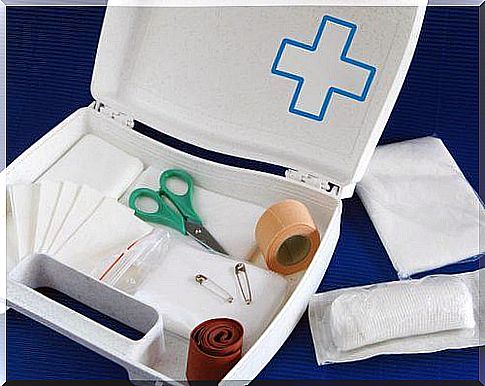
The personal first aid kit must include:
- The basic elements mentioned above, in an impermeable container.
- Of drinking water.
- Non-perishable food, a can opener and cutlery.
- A blanket and a change of clothes.
- Hygiene items (toothbrush, soap, toilet paper and towel).
- Flashlight and spare batteries.
- Matches or lighter.
- Copies of identity documents and emergency service telephone numbers.
- Money in cash and if necessary, a map of the area.
We hope you find this information very useful! Remember that it is better to have our first aid kit ready and not need it, rather than adversity taking us by surprise and without anticipation.
